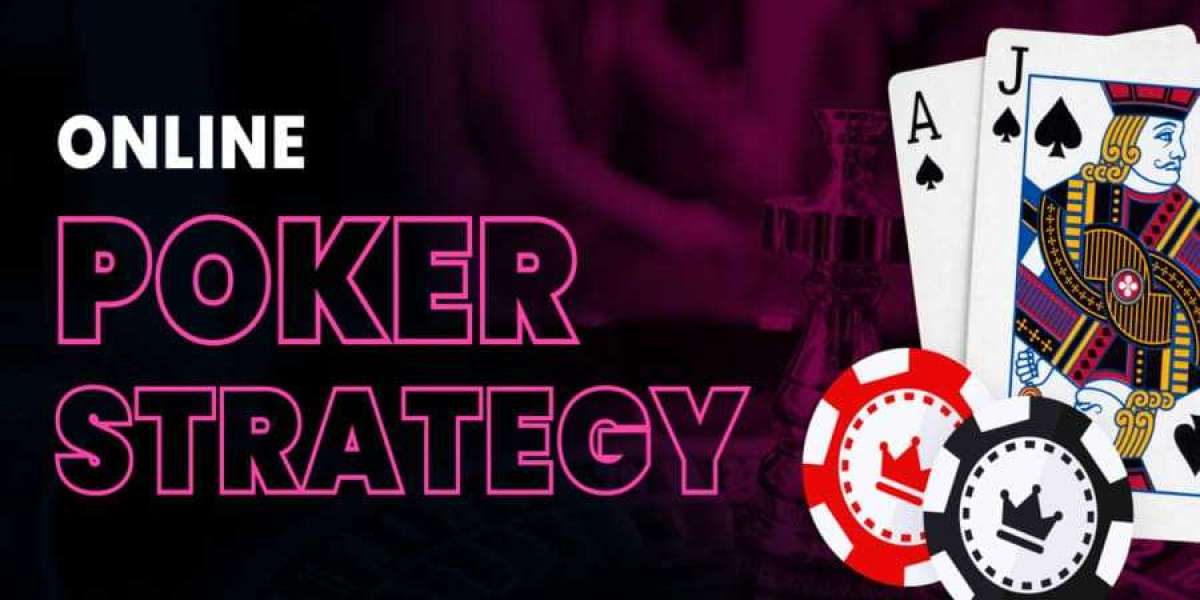Introduction:
In the year 1968, the world was in the midst of significant social and political changes. Amidst the Vietnam War and ongoing civil rights movements, one particular event stood out - the March on Washington for Peace. Held on November 15, 1968, this massive demonstration brought together thousands of Americans from all walks of life, united in their call for an end to the war and a pursuit of peace. The event marked a pivotal moment in the history of the anti-war movement, as well as an expression of the collective yearning for a more peaceful world.
Body:
The March on Washington for Peace was organized as a response to the escalating Vietnam War, which had triggered widespread public discontent and unrest across the nation. Thousands of protesters filled the streets of Washington D.C., converging at the National Mall to demand an immediate cessation of hostilities in Vietnam. The march was fueled by a profound sense of moral outrage and a shared belief that peaceful dialogue and diplomacy were the only viable means to resolve conflicts.
A diverse mix of participants composed the march, including war veterans, civil rights activists, students, religious leaders, and concerned citizens from all walks of life. They marched shoulder to shoulder, waving banners and chanting slogans calling for peace, justice, and an end to the senseless violence that plagued both Vietnam and their own nation. The atmosphere was charged with emotion, as individuals passionately expressed their opposition to the war through speeches, poems, songs, and peaceful demonstrations.
The march reached its peak at the Lincoln Memorial, where powerful speeches were delivered that echoed across America and the world. Prominent civil rights leader Dr. Martin Luther King Jr., in what would be his last major address, captivated the crowd with his eloquence and conviction. He spoke not only about Vietnam but also about the larger struggle for equality and justice at home, emphasizing the interconnectedness of all forms of oppression and the urgent need to address them collectively.
adidas campus adv womensThe March on Washington for Peace left an indelible mark on the American psyche. It symbolized a moment of unity and solidarity among those who sought to reshape the nation's priorities, highlighting the power of nonviolent activism and ordinary citizens coming together to challenge the status quo. While the immediate impact on policy was limited, the march sparked a broader conversation and caused substantial shifts in public opinion regarding America's involvement in foreign conflicts.
Conclusion:
air jordan 6 vi olympicThe March on Washington for Peace in 1968 was a significant event that epitomized the global turmoil of the era. It served as a platform for diverse voices to converge, expressing their dissatisfaction with the Vietnam War and advocating for a peaceful future. Although the march did not immediately end the war, its legacy lived on, inspiring subsequent anti-war movements and reminding the world of the power of peaceful protest and collective action in pursuit of a better world.
nike blazer mid 77 men's stockx

